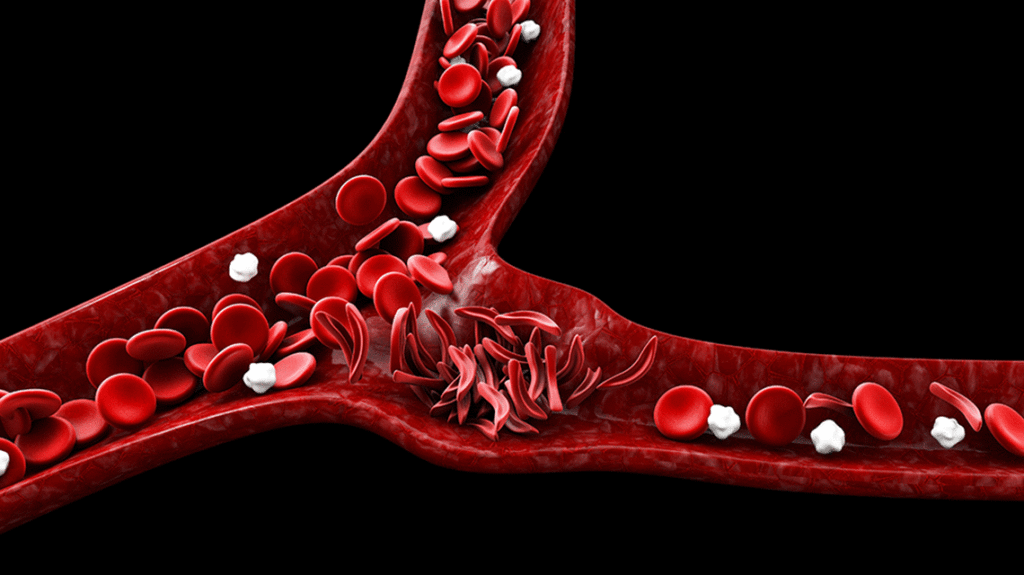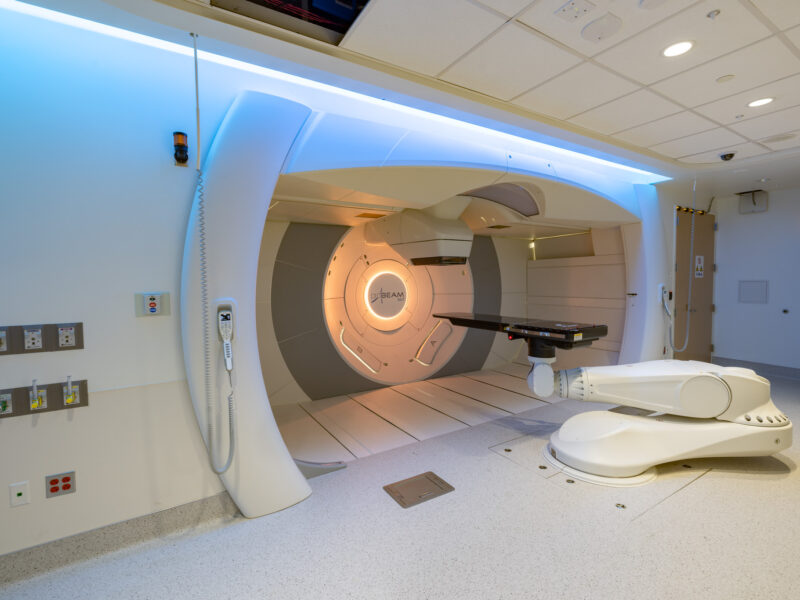Collaborative Study Seeks to Understand Gene Expression Changes During Acute Events in Patients With SCD
Collaborative Study Seeks to Understand Gene Expression Changes During Acute Events in Patients With SCD https://pediatricsnationwide.org/wp-content/uploads/2021/02/AdobeStock_137900548-sickle-cell-header-1024x575.gif 1024 575 Natalie Wilson Natalie Wilson https://pediatricsnationwide.org/wp-content/uploads/2021/06/Natalieheadshot3-2.png- June 30, 2020
- Natalie Wilson

Researchers explore gene responses among SCD patients hospitalized for acute complications to inform understandings of the under-studied disease.
Sickle cell disease (SCD) is a chronic, genetic disorder characterized by structural changes in circulating red blood cells. According to the CDC, SCD affects approximately 100,000 individuals in the United States alone and accounts for 3,000 births each year. In 2016, there were 134,000 SCD-related inpatient hospital stays. Over three-fourths of these stays involved a pain crisis.
Acute vaso-occlusive pain crisis (VOC) is the most common acute complication affecting people with SCD. Acute chest syndrome (ACS), a specific type of VOC that can result in hypoxia, difficulty breathing and rapid progression to respiratory insufficiency and failure, is the leading cause of morbidity and mortality in individuals with SCD. Half of all people with SCD will have an episode of ACS during their lifetime. Approximately 10–20% of individuals hospitalized for a VOC will also develop ACS, but factors that cause VOC to develop into ACS are unknown.
Despite the frequent and severe nature of ACS and a significant correlation between recurrent ACS episodes and reduced lung function, advances in the prevention and treatment of acute complications of SCD remain stalled. VOC and ACS also have overlapping features, leading to diagnostic challenges for clinicians.
To better understand differences between VOC and ACS in children with SCD, a team of multidisciplinary researchers including hematologists, pulmonologists, infectious disease and genomics experts from Nationwide Children’s Hospital recently conducted the first small cohort study to explore gene expression profile changes in SCD patients hospitalized for these acute events. Researchers collected information on subjects’ baseline gene expression profiles during routine hematology clinic visits and compared them to their profiles during an admission for either VOC or ACS. The results are published in Scientific Reports.
“Our findings speak to a need to better understand the pathophysiology of VOC and ACS as this could significantly impact treatment options” says Susan Creary, MD, a physician in the Division of Hematology, Oncology and Blood and Marrow Transplant at Nationwide Children’s and one of the study’s authors. “Our findings have implications for both future research and the development of novel predictive, preventative and therapeutic strategies for both of these acute complications.”
Researchers found both unique and shared changes in gene expression signatures and immune system responses between patients hospitalized for ACS and VOC. These findings suggest that pathologies for the two conditions could overlap or coexist and that common gene responses may be upregulated for both ACS and VOS.
“This research also demonstrates the importance of cross-discipline perspectives when caring for children,” says Benjamin Kopp, MD, MPH, a pulmonary medicine physician and principal investigator in the Center for Microbial Pathogenesis at Nationwide Children’s. Dr. Kopp also started the multidisciplinary pulmonary-SCD clinic, one of the country’s few pediatric pulmonary and sickle cell combination clinics to treat sickle cell lung disease. “These kinds of collaborative partnerships are essential for examining preventative and therapeutic treatments in the future, and they’re unique in that they’re something other hospitals aren’t yet doing to this extent.”
Drs. Kopp and Creary suggest that further research should include larger cohort studies and investigations to compare these findings in children to gene expression changes in adults with SCD. Additionally, because ACS and VOC are currently often treated with antibiotics, their team is also exploring how changes in the airway microbiome caused by recurrent antibiotic use may influence the occurrence of VOC and ACS in patients.
But expanding the current research relies on funding. Studies have shown that SCD research receives less federal funding and foundation expenditures compared to other inherited, chronic and morbid diseases. These disparities may be associated with decreased research productivity and development of novel drugs and therapies. SCD affects 1 in every 365 Black births in the United States and the role of race in the context of health care disparities in the United States is well documented. In 2016, half of all SCD-related hospital stays were for patients 18-34 years old, and nearly 90% were for Black patients.
“SCD primarily affects minority populations that already face many disparities,” says Dr. Creary, who is also an associate professor of pediatrics at The Ohio State University College of Medicine. “Future efforts to close those gaps are important, and that requires equitable funding. We must have broader research and a much broader understanding of the condition, which hasn’t been well described, to treat it.”
Reference:
Creary S, Shrestha CL, Kotha K, Minta A, Fitch J, Jaramillo L, Zhang S, Pinto S, Thompson R, Ramilo O, White P, Mejias MA, Kopp BT. Baseline and disease-induced transcriptional profiles in children with sickle cell disease. Scientific Reports. 2020 June 2. [Epub ahead of print]
Image credit: Adobe Stock
About the author
Natalie is a passionate and enthusiastic writer working to highlight the groundbreaking research of the incredible faculty and staff across Nationwide Children's Hospital and the Abigail Wexner Research Institute. Her work at Nationwide Children's marries her past interests and experiences with her passion for helping children thrive and a long-held scientific curiosity that dates back to competing in the Jefferson Lab Science Bowl in middle school. Natalie holds a bachelor’s degree in sociology from Wake Forest University, as well as minors in women's, gender & sexuality studies and interdisciplinary writing. As an undergraduate student, Natalie studied writing and journalism, engaged with anthropological and sociological research with a focus on race and ethnic relations, served as executive editor for the student newspaper, the Old Gold & Black, and gained marketing experience as an intern for a nonprofit entrepreneurial incubator, Winston Starts, as well as by working for Wake Forest University School of Law Office of Communication and Public Relations and its Innocence and Justice Clinic.
-
Natalie Wilsonhttps://pediatricsnationwide.org/author/natalie-wilson/
-
Natalie Wilsonhttps://pediatricsnationwide.org/author/natalie-wilson/
-
Natalie Wilsonhttps://pediatricsnationwide.org/author/natalie-wilson/
-
Natalie Wilsonhttps://pediatricsnationwide.org/author/natalie-wilson/September 1, 2020










